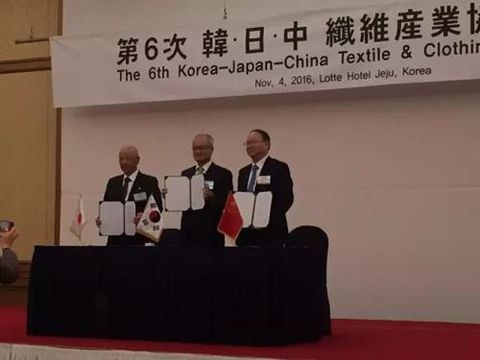
On November 8, Marks and Spencer, the UK's largest clothing retailer, announced that it will close 30 clothing stores in the UK and 53 stores outside the UK due to continued losses. The group plans to withdraw from China, Belgium, etc. 10 countries will be discussed with the affected 2,100 employees.
Martha announced that in 2016, the company's international business recorded a loss of more than 40 million pounds. The Group believes that the business has little chance of turning losses into profits, so it conducted a comprehensive review of its international business. After evaluation, Martha believes that the loss is due to the scattered distribution, lack of scale, and limited growth potential.
Martha's international business is divided into two parts, of which the stores wholly owned by Martha recorded losses in multiple markets, while the franchise business earned profits. Martha plans to withdraw from 10 markets that have recorded losses, involving 53 wholly-owned stores in Guandian, 10 of which are located in mainland China, 7 in France, and others in Hungary, Lithuania, Poland, Slovakia, Romania, the Netherlands, Belgium and Estonia. The picture shows the supermodel Meng Meng Yao attending when Martha's first flagship store opened in Beijing.
Ten stores across the Mainland will be closed. According to Hong Kong's Ming Pao Daily News, 10 Chinese stores involve 441 employees. While Martha's online e-commerce platform in Tmall and JD.com continues to operate, Martha will continue to evaluate the best operating model for online business. But according to the PricewaterhouseCoopers report, 36% of consumers are more willing to buy shoes and apparel in physical stores.
Martha's Hong Kong business will be retained because of its strong presence in these regions and the establishment of a loyal customer base, the business is still profitable. About 45 shops in the UK will be converted to food for sale only, and other stores will be relocated, with plans to cover between £150 million and £200 million in the next year.
The UK's local customs clearance program takes more than five years and involves spending around £350 million. Martha Chief Executive Steve Rowe said the measures were a tough decision for the group, but the Group's business should be streamlined to provide sustained returns. The Group expects that the gross profit margin of the apparel and home business will increase from 0 to 0.5% this year, mainly due to the weak position of the pound.
In addition, as of October 1 this year, Martha's medium-term turnover rose 0.85% year-on-year to 4.994 billion pounds, net profit fell 90.21% year-on-year to 16.9 million pounds; excluding one-time items, basic profit before tax fell 18.6% To 230 million pounds.
At the beginning of 2016, Martha CEO Marc Bolland announced that he would leave. He took over Marsha for nearly six years and could not revitalize the company's clothing sales business, which made him an imperfect end in Martha's years. Bolland, 56, eventually retired on April 2nd, and was replaced by SteveRowe, who has been with the company for 27 years and is in charge of grocery business.
Why did this British traditional department store lose China? In 2015, CBRE's senior director of China's business services department, Cui Xiangyu, said in an interview with Lianhe Zaobao that Martha insisted on taking the company's own brand route in China. This business model is distinctive in China, but closed from Martha. According to the city and shop site selection of the store, the consumer groups around the shopping mall cannot resonate with the brand. The brand's main clothing is seven or eight hundred yuan, equivalent to one-third of the average monthly salary of the third- and fourth-tier city residents. Selling?"
Secondly, from the perspective of the richness of the category, Martha's Chinese store is not as good as its store in the overseas market, and the size of the clothes is too large, and the style is not suitable for Chinese women. Chu Xiangyu believes that Martha does not sell the products that Chinese consumers need. He pointed out that foreign brands entering the Chinese market cannot rely solely on brand awareness to conduct business, but need to think from the perspective of local consumers whether the products of the brand meet the tastes of local consumers.
Chu Xiangyu said that in the big cities of China, especially in the metropolis of Shanghai, the richness and penetration of international retail brands even exceed Hong Kong. For a professional with overseas life experience, when they visit China Martha, the goods The quantity and richness are not as good as the overseas Martha shop, and the fun of shopping is relatively reduced.
Warm and stylish! This Parker coat will be fine in winter (Photos)
Medical Pp Nonwoven Fabric,Spun-Bond Non-Woven Fabric,Pp Non Woven Fabric,Colorful Pp Nonwoven Fabric
Changzhou Xinzhongshun Nonwoven Machinery Co., Ltd. , https://www.xzsnonwovenmachine.com